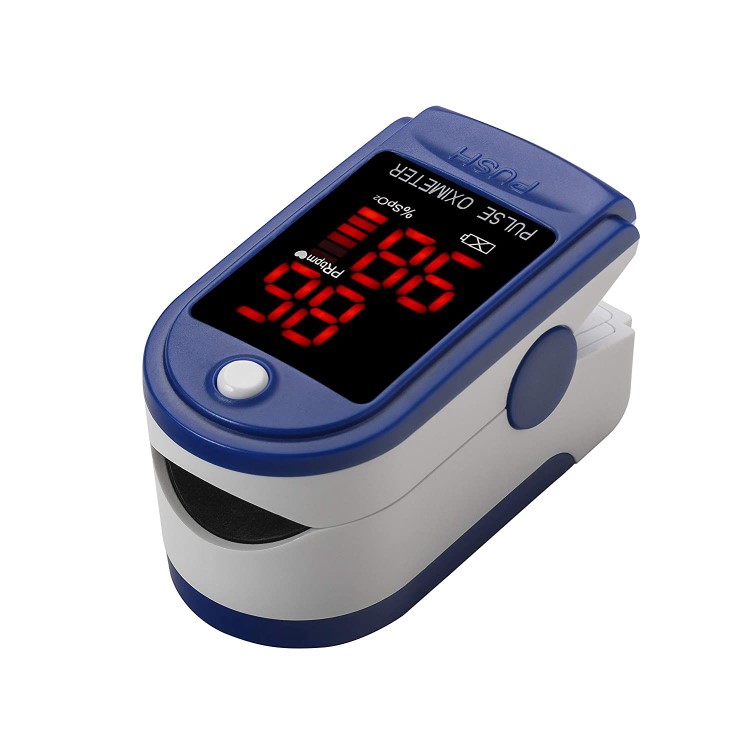I mentioned last week that Daughter and Son-In-Law both came down with the OMGnicron last week. Not a big deal and both were feeling pretty good by Sunday.
Monday, Daughter is feeling worse. I was texting with SIL and mentioned to him that I have everything needed for the FLCCC protocol if they wanted it (hint, hint). He did, and I took it over and went over it with both of them. It’s simple, but when you’re sick or scared, nothing is simple.
Tuesday she’s holding her own. Found out I had an older copy of the FLCCC protocols, so got the new ones printed and took those over, plus additional meds. She also decided that a conversation with actual medical people couldn’t hurt, so she hits up her bunch’s telemedicine group. Go to the ER, get x-rays, here’s steroids and antibiotics, because you have a “mild” case of bi-lateral pneumonia. Think “spots at the bottoms of both lungs”, not that ground glass business. Unsurprising, as she has a tendency for upper any upper respiratory thing to cause her more serious problems. I should have thought about that, but didn’t.
This morning I get a text from Daughter that she was having issues with her oxygenation. Not good. She talks to her doc via telemedicine and was told “Get thyself to the ER, stat.” She does. New x-rays and monitoring. X-rays are the same. Monitoring shows pulse ox in the mid-90s. They are doing a CT scan to rule out any blood clots (no, the kid never took the jab). Waiting on those results as I type.
Unless something shows up in the CT scan, it seems to be a case of the $35 pulse ox meter being inaccurate. The ER doc has given her a course in the lack of accuracy of such things. It seems the best you can hope for is +/- 3% if your numbers are >= 90. Worse, possibly way worse, if they’re lower. The FDA in particular is not a fan of them.
That’s comforting. Especially since every freaking doctor’s office I see uses the same damn meters. There are better ones, approved for hospital use, that are 10-40x the cost of the cheapies. No, the doctors’ office aren’t using those.
Some important information to bear in mind.




Good to know, thanks for the info. I’ve been considering one of those meters but not convinced we need one. I’ll need to do more research before I buy one.
IF you get one, you need to use it for a while to find out what it thinks is you “normal” reading. Lots of factors (not all the fault of the machine) can affect the reading. All it really does is determine the color of your blood.
Ferinstance, I always read 98% on oxygenation on mine….that’s the “normal” reading. If I work hard, and try to get it to change, I can get it down to 94. (that is out of breath after lots of aerobic exercise). I know both the high and low readings for me…
you should do the same.
OK, a comment from a paramedic. Oximetry meter like these small ones are a great addition to your kit, I can do 3 things while the meter is getting your pulse ox and heart rate, which is invaluable….. BUT….. never total trust ANY piece of equipment 100%. Treat the patient not the monitor (or pulse oximeter). The only thing I know I can trust is my brain are their are days that, that’s shacky.
Good tools are just that a tool not a substitute for your own knowledge and training.